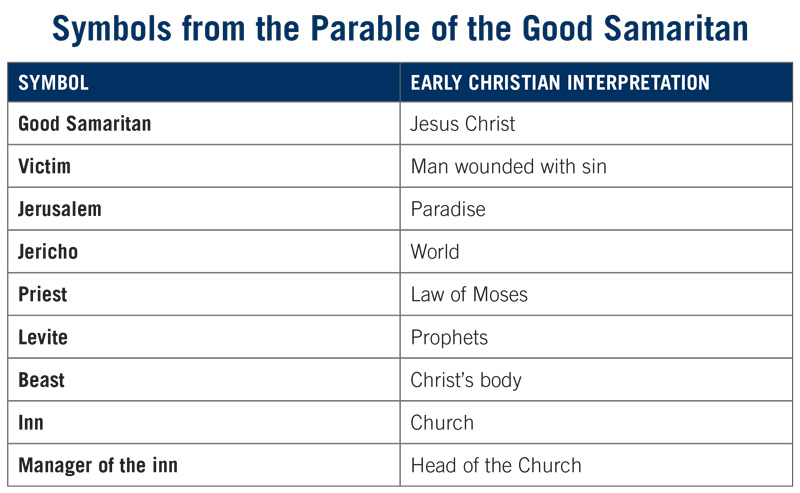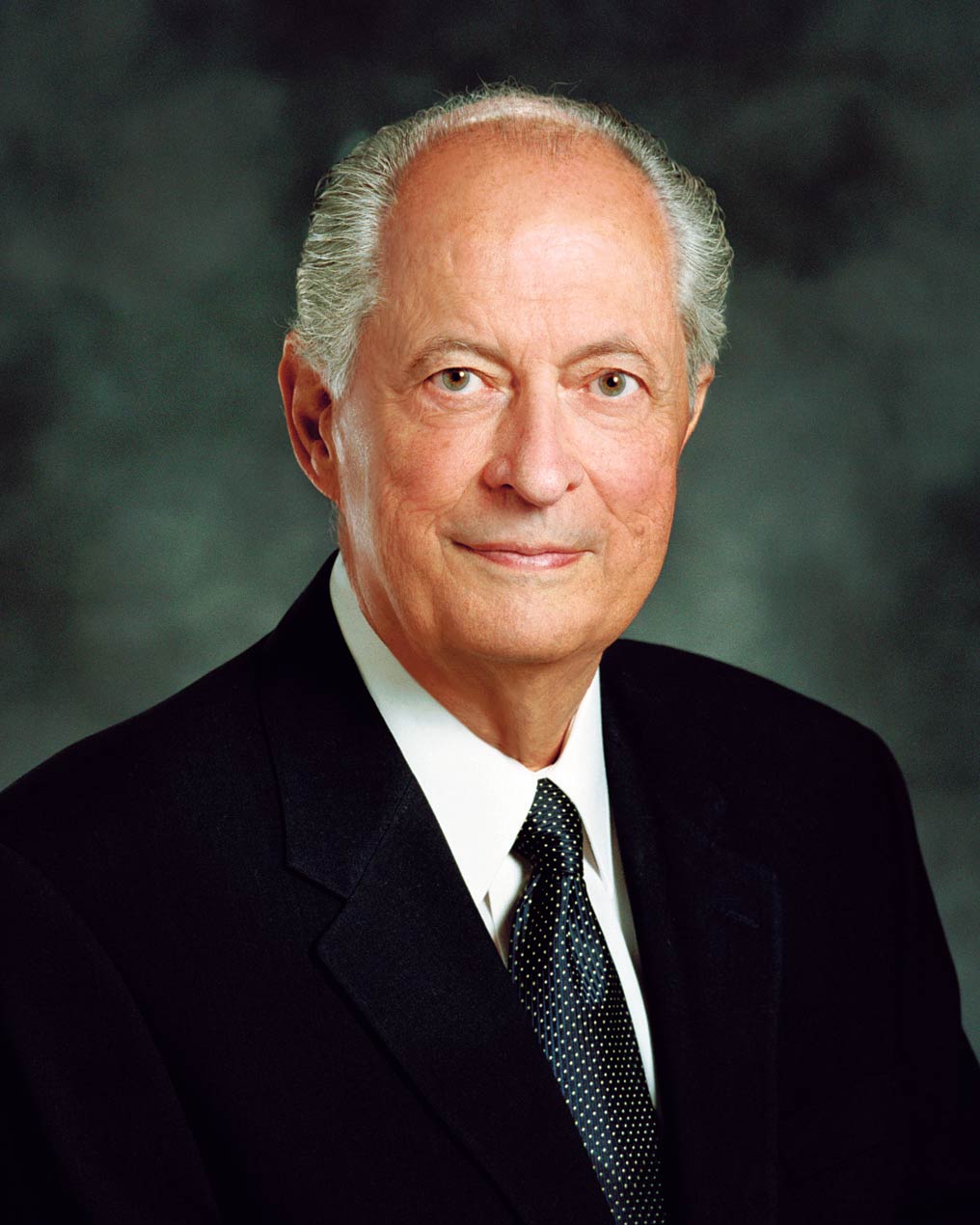Before coming to your training, please do the following:
In this lesson, you will learn about the impact the Church’s welfare program has across the globe, as well as the importance of the priesthood and priesthood keys for your own work at Deseret Employment. Lesson activities will focus on (1) recognizing the impact of the Lord’s storehouse; (2) understanding how the Lord’s storehouse blesses both the giver and the receiver; and (3) appreciating and working with priesthood holders in the Lord’s storehouse. The purpose of this lesson is to help you gain a deeper perspective and appreciation for your work, as well as think of ways to involve priesthood holders who can help you coach your associates on their path to self-reliance.
From the following list, choose and complete one or more activities that best apply to your situation.
Go to newsroom.lds.org and conduct a search for “Welfare.” Review the headlines about the Church’s welfare program and its work with various government leaders and groups.
As a group, discuss the following:
Watch the short documentary on the Church’s welfare program that aired on PBS (see pbs.org/video/2365789090). As you watch the video, pay attention to the impact that the welfare program has on global and local communities. Write down any impressions or insights you have. Once the video is over, share these insights with the group.
Refer to the most recent “Welfare Services Fact Sheet,” which can be downloaded on the Church welfare site.
Review the amount of volunteer hours, projects, disaster response efforts, and humanitarian service rendered in 2016. Share with the group any insights or experiences you have with the global impact of the Lord’s storehouse on people in need throughout the world.
From the following list, choose and complete one or more activities that best apply to your situation.
As a group, discuss John W. Welch’s article, “The Good Samaritan: Forgotten Symbols” (Ensign, Feb. 2007, 40–47). You could use the following questions during your discussion:
Read the following quotes from Church leaders:
“As the Master Healer, Jesus directed His friends to ‘go . . . and tell . . . what things ye have seen and heard; how that the blind see, the lame walk, the lepers are cleansed, the deaf hear, [and] the dead are raised” (Russell M. Nelson, “Jesus Christ—the Master Healer,” Ensign or Liahona, Nov. 2005, 85).
“As disciples of Jesus Christ, our Master, we are called to support and heal. . . . As we emulate His perfect example, our hands can become His hands; our eyes, His eyes; our heart, His heart” (Dieter F. Uchtdorf, “You Are My Hands,” Ensign or Liahona, May 2010, 68, 69).
Consider these statements as you discuss the following:
Review the symbols of the parable of the good Samaritan as explained in “The Good Samaritan: Forgotten Symbols” (John W. Welch, Ensign, Feb. 2007, 40–47).

Watch the video “Parable of the Good Samaritan” from The Life of Jesus Christ Bible Videos, LDS.org.
After the video ends, discuss the following questions as a group:
Read the following quote from Elder Robert D. Hales:
“The welfare plan sanctifies both the giver and the receiver. We are all both givers and receivers. President Marion G. Romney has said, ‘There is an interdependence between those who have and those who have not. The process of giving exalts the poor and humbles the rich. In the process, both are sanctified.’ [Ensign, Nov. 1982, p. 93]” (Robert D. Hales, “Welfare Principles to Guide Our Lives: An Eternal Plan for the Welfare of Men’s Souls,” Ensign, May 1986, 28).
Consider this statement from Elder Hales and the interpretation John Welch gives of the parable of the good Samaritan. Then, as a group, discuss the following questions:
From the following list, choose and complete one or more activities that best apply to your situation.
Consider Elder Dallin H. Oaks’s talk “The Keys and Authority of the Priesthood” (Ensign or Liahona, May 2014, 49–52). Then, as a group, discuss the following questions:
Read the following story from President Dieter F. Uchtdorf’s talk, “Providing in the Lord’s Way” (Ensign or Liahona, Nov. 2011, 53–56).
“During the Great Depression, Harold B. Lee, serving then as a stake president, was asked by the Brethren to find an answer to the oppressive poverty, sorrow, and hunger that were so widespread across the world at that time. He struggled to find a solution and took the matter to the Lord and asked, ‘What kind of an organization will we have . . . to do this?'
“And ‘it was as though the Lord had said [to him]: “Look, son. You don’t need any other organization. I have given you the greatest organization there is on the face of the earth. Nothing is greater than the priesthood organization. All in the world you need to do is to put the priesthood to work. That’s all.”’” (Ensign or Liahona, Nov. 2011, 55).
As a group, discuss the following questions:
Consider Elder Dallin H. Oaks’s talk “The Keys and Authority of the Priesthood” (Ensign or Liahona, May 2014, 49–52). Then, as a group, discuss the following questions:
Think of a time you were locked out and didn’t have the keys to get in. How did you feel when you couldn’t get where you needed to go?
In the Church, designated Church leaders hold priesthood keys to unlock blessings that the Lord has for us. Following the direction of those who hold keys gets us not only to where we want to be, but also to where the Lord wants us to be.
Review the following teachings about priesthood keys from Handbook 2: Administering the Church ([2010], 2.1.1).
“Priesthood keys are the authority God has given to priesthood leaders to direct, control, and govern the use of His priesthood on earth. The exercise of priesthood authority is governed by those who hold its keys (see D&C 65:2; 81:2; 124:123). Those who hold priesthood keys have the right to preside over and direct the Church within a jurisdiction. . . .
“The President of the Church delegates priesthood keys to other priesthood leaders so they can preside in their areas of responsibility. Priesthood keys are bestowed on presidents of temples, missions, stakes, and districts; bishops; branch presidents; and quorum presidents. This presiding authority is valid only for the designated responsibilities and within the geographic jurisdiction of each leader’s calling. . . .
“. . . Auxiliary presidents and their counselors do not receive keys. They receive delegated authority to function in their callings.”
Discuss the following questions:
Consider Elder Dallin H. Oaks’s talk “The Keys and Authority of the Priesthood” (Ensign or Liahona, May 2014, 49–52). Then, as a group, discuss the following questions:
As a group, strategize how you can best draw upon the resources of the Lord’s storehouse where your associates live. Write down a plan and commit to follow it. Consider the following principles as you make your plan:
The following chart shows one store’s strategy for conducting a bishop consultation. Review the chart as a group.
| After initial assessment | The development counselor will contact the bishop after initial assessment. The counselor will then share any insight provided by the bishop with the job coach trainer assigned at the time of hire. |
| At each quarterly development plan discussion | The mentor will report on whether the bishop has given any direction in his or her assignment. Each team member will receive a copy of the associate’s development plan. The development counselor will scan and email the plan to the bishop and ask for additional counsel. If and when the development counselor receives a reply from the bishop, he or she will share it with the team via email. |
| As requested by staff as needs arise | Several circumstances may warrant additional contact with the bishop. These include but are not limited to good news, successes, work behavior challenges, poor attendance, and disciplinary issues. The development counselor will make the requested contact and share the results of the discussion with all members of the development team in a timely manner (within 24 hours if possible). |
| At release | The job coach trainer will notify the development counselor when any associate is released. The development counselor will then notify the bishop of the reason for release and seek any additional requests for information. |
As a group, discuss the following questions:
Record your plans and commit to work together to implement the needed changes.
Review the following organizational chart of welfare responsibilities.
Welfare Responsibilities in the Ward

(Adapted from “Welfare Leadership in the Ward,” in Handbook 2: Administering the Church [2010], 6.2.)
Discuss the following questions:
Seek to identify a personal or business gap or need.
Spend a few minutes silently pondering what you've discussed during this lesson. Listen as the Holy Ghost helps you identify areas where you can improve. Record your impressions in your learner's journal under the question “What Lack I Yet?”
Seek ways to close the gap or develop the required talent(s) to meet the need.
With the guidance of the Spirit, create your plan of how you will improve and close the gap(s) you have identified. You may use one or more of the exercises below, your own strategy, or a combination of both. Record this plan in your learner's journal under “What Must I Do?”
After a few minutes, those who are comfortable doing so can share their impressions with the group.
Seek understanding, and then share what you learned.
During the week, focus on implementing the plan you created. Record your impressions or lessons learned in your learner's journal under “Therefore, What?” You will be given time at the beginning of next week's lesson to share your experience with the group.

Use this material if you would like to learn more about the principles of providing welfare assistance from the Lord’s storehouse.

